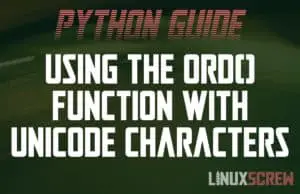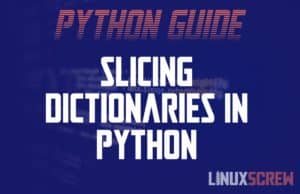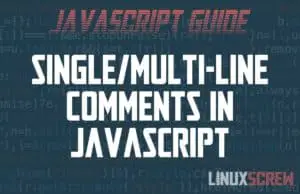How to Use the PHP ‘do while’ Loop, With Examples
This tutorial will teach you how to use the do while statement to build loops in the PHP programming language, and show some examples. The do while loop is one of the simplest types of loop in PHP. The code inside the loop will execute for as long as the do while condition is true. Change the condition, and the loop will exit. do while loops are a fundamental part of PHP (and loops are an essential part of computer programming in general) – so it’s good to get to know how they … Read more


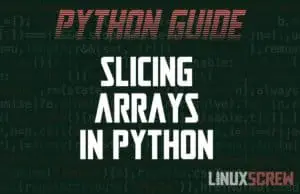
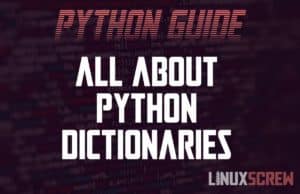
![How to Add/Append Items to a Dictionary in Python [Examples] 4 Add Item to Python Dictionary](https://www.linuxscrew.com/wp-content/uploads/2021/11/python-add-item-to-dictionary-300x194.jpg)


